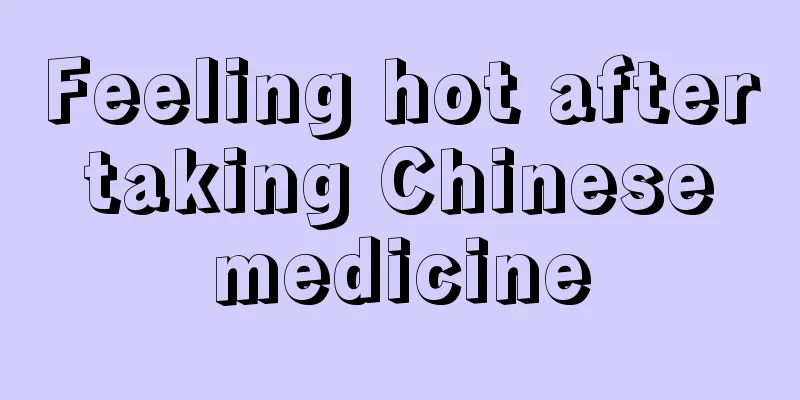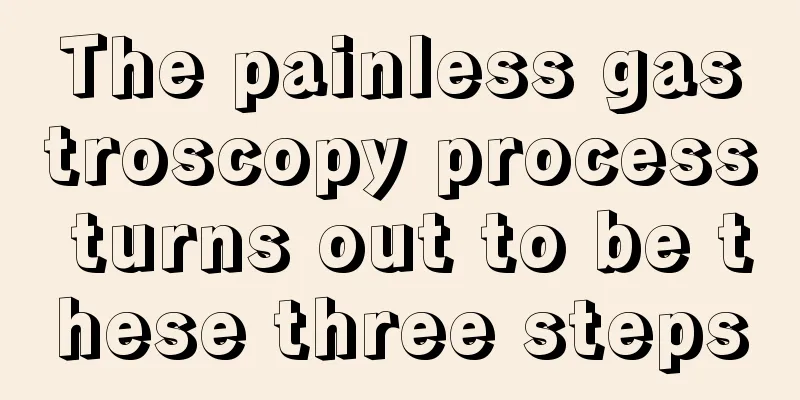49-year-old heart rate

|
People aged 49 are in the middle-aged stage. During this period, people's physical fitness declines sharply and they are prone to angle diseases, which brings great challenges to their lives. For example, heart problems are one of the problems people encounter in time, and they are very destructive because once the heart is sick, it is fatal. The health of the heart is reflected by the heart rate. Let’s take a look at the heart rate of a 49-year-old. There are significant individual differences in the resting heart rate of normal adults, with an average of around 75 beats/minute (between 60-100 beats/minute). Heart rate can vary depending on age, gender, and other physiological conditions. The heart rate of a newborn is very high, reaching over 130 beats per minute. Among adults, women generally have a slightly faster heart rate than men. For the same person, the heart rate slows down when the person is at rest or sleeping, and speeds up when the person is exercising or emotionally excited. Under the influence of certain drugs or neurohumoral factors, the heart rate can speed up or slow down. People who regularly engage in physical labor and exercise usually have a slower heart rate. The survey found that the normal range of resting heart rate for Chinese men is 50-95 beats/minute, and for women it is 55-95 beats/minute. So, heart rate varies with age, gender, and health status. The normal heart rate of an adult is 60-100 beats per minute. Some people may experience 50-60 beats per minute. If there are no other abnormalities, it should be considered normal. It can also be seen in normal people. It is more common in athletes and people who exercise regularly and does not require treatment. Moreover, some people experience mild arrhythmia, but if there are no other abnormal symptoms, no treatment is required. Conduction block: The beating of the human heart is directed by the sinoatrial node. Conduction block occurs when the lesions of the atrial node or myocardium prevent the commands issued by the sinoatrial node from being transmitted. Conduction block is divided into three degrees. The first degree is milder, may be asymptomatic, and can only be detected during an electrocardiogram examination; the second degree is that a few commands cannot be transmitted, and the patient often has a sense of cardiac arrest; the third degree is the most serious, all commands cannot be transmitted, the heartbeat is 20-30 beats per minute, which is very irregular, and the patient's subjective symptoms are also very serious, and cardiac arrest is possible at any time. |
<<: Quick red bloodshot eye drops
>>: The relationship between heart rate and life span
Recommend
What should I do if blisters keep forming on the inner seams of my toes?
People often get blisters between their toes. The...
The bites from the little black bugs are very itchy
We can see that there is a kind of magic tool tha...
The difference between donating platelets and donating blood
Our unit and work organization often organize blo...
How long can foreign liquor be kept
All foods and food have a shelf life. Since the f...
What to do if hair falls out
Many people have hair falling all over the floor ...
What is Jueyin headache
Jueyin headache is one of the many diseases that ...
Will colorectal cancer be inherited by grandchildren
Colorectal cancer is a disease that every Chinese...
What are mental illnesses? Various types of mental illness
Due to the great pressure of survival in modern t...
What does primary liver cancer mean
In modern society, more and more people are suffe...
Does beef jerky cause internal heat?
The most famous food in Inner Mongolia is beef je...
How to wash fresh pork liver
Pork liver is a kind of internal organ of pig, an...
How much does it cost to treat lymphoma
When it comes to lymphoma, many of us will shake ...
Can Pyracantha fruit be eaten?
Few people have heard of Pyracantha fruit. Of cou...
How do we treat small cell lung cancer
At present, we have a lot of experience in the tr...
Bloodletting therapy for hyperlipidemia
The effect of bloodletting therapy for hyperlipid...









